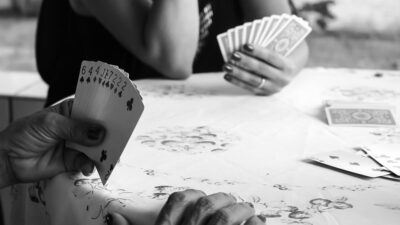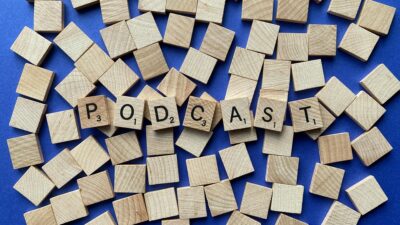In the realm of competitive esports, the glitz and glamour of tournaments often overshadow the rigorous training regimens that professional gamers undertake. Just like athletes in traditional sports, such as football or basketball, these players dedicate countless hours to refining their skills, honing their strategies, and boosting their mental acuity. Let’s delve into the behind-the-scenes training routines that help professional gamers excel in their respective disciplines.
The Importance of Physical Fitness
While gaming might seem like a sedentary activity, physical fitness plays a significant role in the performance of professional gamers. Many top players integrate workout sessions into their daily routines to enhance their endurance, posture, and overall health.
1. Cardiovascular Training:
It’s common for professional gamers to engage in cardiovascular workouts. These exercises improve blood flow and oxygen delivery to the brain, which can help enhance focus during long competitive sessions. Activities such as jogging, cycling, or even dance workouts contribute to physical stamina.
2. Strength Training:
Working on core strength and overall muscle endurance is crucial. A strong core can enhance posture and reduce fatigue, which is vital during extended gameplay. Many professional gamers utilize resistance training to boost their overall strength, ensuring they can maintain optimal physical conditions.
Skill Development and Strategy
Training is not just about physical fitness; it also encompasses skill mastery and strategy development.
1. Mechanics Practice:
Professional gamers spend hours practicing in-game mechanics. This might include honing reflexes, improving precision, and mastering character abilities. For example, in first-person shooters (FPS), players often engage in aim training through dedicated software or practice maps designed to improve their shooting accuracy.
2. Strategy Sessions:
Understanding the game’s meta, character interactions, and team dynamics is essential. Many teams partake in strategy meetings where they analyze gameplay footage, discuss tactics, and develop new strategies. This analytical approach allows players to stay ahead of their competition and adapt to evolving gameplay environments.
Mental Conditioning
Mental fortitude plays an equally important role in gaming performance. The pressure of tournaments can be immense, so professional players often seek ways to strengthen their mental resilience.
1. Mindfulness and Focus Training:
Techniques such as meditation and mindfulness exercises help gamers enhance their focus and reduce stress. Gamers may practice visualization techniques to imagine successful performances, which can positively impact their confidence and execution during matches.
2. Game Theory and Analysis:
High-level players understand the importance of analyzing their own performance as well as their opponents’. Many spend time reviewing recorded matches, dissecting mistakes, and identifying areas for improvement. This deep self-analysis reinforces learning and adaptation—the backbone of competitive gaming.
Daily Routines and Schedules
The day-to-day life of a professional gamer is often structured yet flexible. A typical training day might look something like this:
-
Morning:
Begin with physical exercise (cardio or strength training) followed by a healthy breakfast. Hydration is key throughout the day. -
Mid-Morning to Afternoon:
Engage in focused practice sessions, aiming for both mechanical skill and strategy work. This often includes solo ranks or scrims with teammates. -
Lunch and Breaks:
Taking breaks between sessions is vital for mental refreshment. A balanced meal and downtime (such as light gaming or socializing) can help maintain energy levels. -
Afternoon to Evening:
More practice, often extending into team scrims to refine teamwork and communication. Analysis sessions may follow to discuss performance and strategy. - Evening:
Wind down with less intensive gameplay or recreational activities. It’s essential to have downtime to prevent burnout.
The Role of Coaches and Support Staff
Many professional gamers now work with coaches, analysts, and even sports psychologists. These support staff help guide training routines, offer feedback, and provide strategies for coping with the pressures of competition. Coaches play a key role in creating a structured environment, focusing on the holistic development of players—physically, strategically, and mentally.
Conclusion
Behind the scenes, the world of professional gaming is far from the casual image many might perceive. The commitment to training routines encompasses physical fitness, skill enhancement, mental conditioning, and teamwork. As esports continues to grow and evolve, these players prove that dedication, discipline, and a rigorous approach to training are vital for achieving success at the highest levels. In a landscape where every millisecond counts, the meticulous preparation of professional gamers is a testament to their longevity in an ever-competitive arena.



